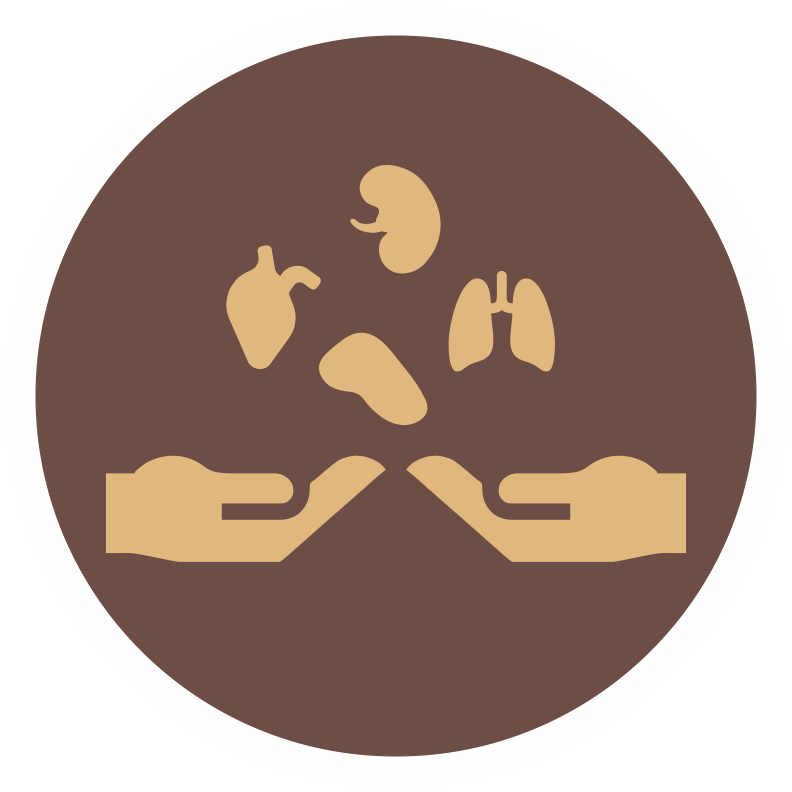- Our Doctors
- Our Specialities
Centres of Excellence
-
 Centre for Blood Diseases, BMT & Cancer Immunotherapy
Centre for Blood Diseases, BMT & Cancer Immunotherapy -
 Centre for Bone, Joint & Spine
Centre for Bone, Joint & Spine -
 Centre for Critical Care Medicine and ECMO Services
Centre for Critical Care Medicine and ECMO Services -
 Centre for Gastrosciences
Centre for Gastrosciences -
 Centre for Heart & Vascular Care
Centre for Heart & Vascular Care -
 Centre for Nephro-Urosciences
Centre for Nephro-Urosciences -
 Centre for Neurosciences
Centre for Neurosciences -
 Centre for Obstetrics and Gynaecology
Centre for Obstetrics and Gynaecology -
 Centre for Organ Transplantation
Centre for Organ Transplantation
Super Speciality
-
 Advanced Diagnostic and Interventional Radiology
Advanced Diagnostic and Interventional Radiology -
 Anesthesiology & Pain Management
Anesthesiology & Pain Management -
 Clinical Nutrition and Dietetics
Clinical Nutrition and Dietetics -
 Dental and Maxillofacial Surgery
Dental and Maxillofacial Surgery -
 Dermatology
Dermatology -
 Emergency and Trauma
Emergency and Trauma -
 Endocrinology and Metabolic Disease
Endocrinology and Metabolic Disease -
 ENT and Head & Neck Surgery
ENT and Head & Neck Surgery -
 Family Medicine
Family Medicine -
 General and Laparoscopic Surgery
General and Laparoscopic Surgery -
 General Medicine
General Medicine -
 GI Onco Surgery
GI Onco Surgery -
 GI Oncology
GI Oncology -
 GI Surgery, Advanced Laparoscopy and Gastro Oncosurgery
GI Surgery, Advanced Laparoscopy and Gastro Oncosurgery
-
- Key Procedures
- Our Hospitals
- International Patient
- Contact us
-
Quick Links


Peripheral Artery Disease
Peripheral artery disease refers to the narrowing or blockage of arteries outside the heart and brain, commonly occurring in the legs. This condition is primarily caused by atherosclerosis, a buildup of plaque in the arteries, leading to reduced blood flow to the extremities. Other contributing factors include smoking, diabetes, high blood pressure, high cholesterol, obesity, and a sedentary lifestyle.
Causes
- Atherosclerosis
- Risk factors such as smoking, diabetes, high blood pressure, high cholesterol, sedentary lifestyle
Symptoms
Recognizing the symptoms of PAD is crucial for early detection and intervention:
- Leg numbness
- Shiny skin on legs
- Leg pain or discomfort in buttocks, cramping during physical activity (intermittent claudication)
- Slow-healing wounds
- Changes in skin color or temperature
- Weak pulses in the legs or feet
- Ulcers and Gangrene
It is also important to note many people who have PAD, do not experience the above symptoms.
Treatments
Meet Our Doctors
Frequently Asked Questions
How is PAD diagnosed?
- Blood tests: Blood tests are done to check for conditions related to PAD such as high cholesterol, high triglycerides and diabetes.
- Ankle-Brachial Index (ABI): This is a common test used to diagnose PAD. It compares the blood pressure in the ankle with the blood pressure in the arm. You may be asked to walk on a treadmill.
- Ultrasound: This test uses sound waves to see how blood moves through the blood vessels. Doppler ultrasound is a special type of ultrasound used to spot blocked or narrowed arteries.
- Angiography
- MRI or CT Scans: To look for blockages in the arteries. Before the images are taken, dye (contrast) is injected into a blood vessel. The dye helps the arteries show up more clearly on the test images.
Is Peripheral Arterial Disease dangerous?
Peripheral arterial disease, or PAD, is a wake-up call to more extensive problems such as heart disease.We often think of clogged artery disease, or arteriosclerosis, as something that only happens in the heart. Yet for some people, the leg pain caused by PAD acts as an “early warning” that someone is at high risk for a heart attack or a stroke. So that leg pain can save your life if you seek treatment for PAD.
What are lifestyle changes that can be done to improve symptoms of PAD?
Lifestyle changes can help improve symptoms, especially early in the course of peripheral artery disease. If you smoke, quitting is the single most important thing you can do to reduce the risk of complications. Walking or doing other exercise on a regular, scheduled basis (supervised exercise training) can improve symptoms dramatically. Prescribed medication for chronic conditions such as high cholesterol, blood sugar, blood pressure can help improve the symptoms signifcantly as well.

 +91 9393 108 108
+91 9393 108 108



















































